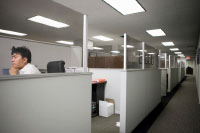Lighting controls can reduce energy use by ensuring that lighting is used only when it's needed. Below are some of the controls-related projects that have been conducted at the LRC.
HVAC + Connected Lighting
Connected lighting sensor information can be used to reduce HVAC energy use. This 2019 report provides an overview of the state of the art, identifies six energy-saving strategies, and discusses best practices for building automation system integration.
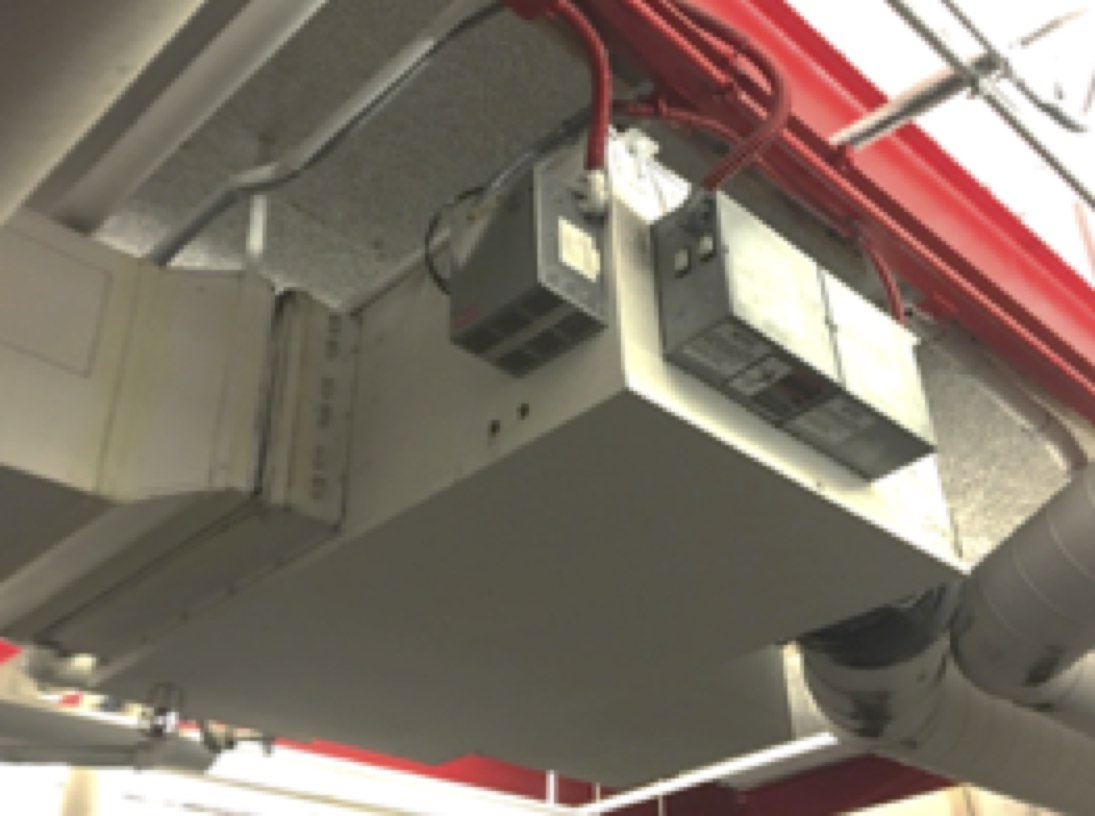
Luminaire-integrated Controls
Luminaire level lighting controls (LLLCs), also called luminaire-integrated controls, offer significant energy savings opportunities. This 2017 study found that the the number of luminaires that turn on and off together in groups (zone size), the time-out period, the field of view of the built-in motion sensor, and the dim level have a large impact on the energy savings.

Dynamic Messaging
In 2016, the LRC investigated the effectiveness of using electronic displays mounted adjacent to light switches in private offices to influence occupants' behavior. Both dynamic and static displays were used to encourage turning lights off manually with the aim of increasing energy savings.
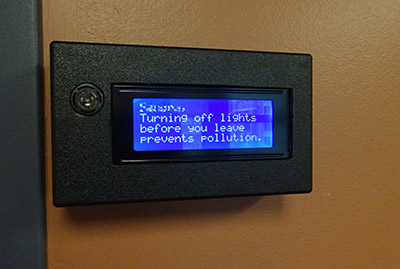
Easily Commissioned Controls
This 2015 pilot study, published by the Bonneville Power Administration, investigated easily-commissioned zone and integrated luminaire controls for LED troffers. Topics included the ease of installation initialization, the differences in energy savings, default settings, and the ease of use by occupants.
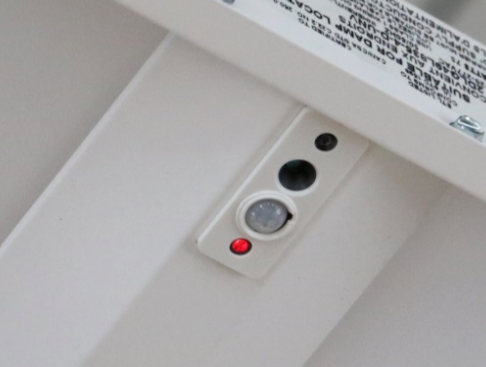
Wireless Controls
In 2015, the National Lighting Product Information Program (NLPIP) investigated the performance of wireless occupancy sensors and photosensors, focusing on control systems designed for a single room in a commercial building such as an office, classroom, or conference room. The investigation included occupancy sensor and photosensor features and performance, wireless communication performance, compatibility with lighting products, energy harvesting and storage capabilities, and capital costs of control systems.
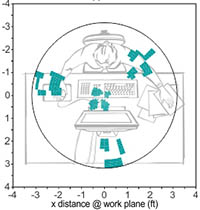
Dynamic Outdoor Lighting
This National Lighting Product Information Program report from 2010 highlights occupancy sensors for industrial and commercial use and provides guidance for equipment selection and successful installation. It explains performance characteristics such as coverage area, coverage pattern, field of view, sensitivity, and time delay. It covers passive infrared, ultrasonic, and dual-technology (hybrid) occupancy sensors. Application and economic considerations for specifiers are discussed.

Photosensor Testing
This 2007 National Lighting Product Information report presents the findings of testing conducted by NLPIP on photosensor products and provides information to assist in the selection, setup, and general understanding of photosensors.
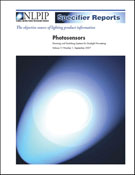
Load-shedding Ballast
Load-shedding ballasts reduce power demand by dimming the lighting in a building to an acceptable level when the building's peak electric demand is high or when the available supply is limited.
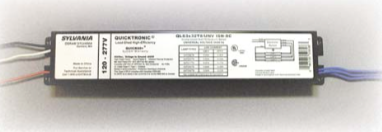
DaySwitch™
The DaySwitch® is a simple daylight-harvesting switch designed to turn off electric lights when plentiful daylight is available. The LRC developed the DaySwitch, collaborated with manufacturing partners to build prototypes, and demonstrated the device in a wide range of locations throughout the Rensselaer campus. This publication summarizes the product features and demonstration results.
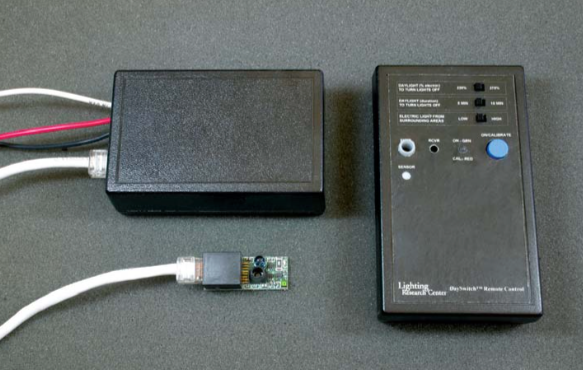
Occupancy Sensor Testing
This National Lighting Product Information Program report highlights occupancy sensors for industrial and commercial use and provides guidance for equipment selection and successful installation. It explains performance characteristics such as coverage area, coverage pattern, field of view, sensitivity, and time delay. It covers passive infrared, ultrasonic, and dual-technology (hybrid) occupancy sensors. Application and economic considerations for specifiers are discussed.
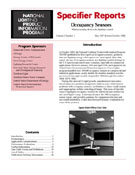
Photosensor Tutorial
This tutorial provides step-by-step overview of using photosensors. It was produced in 2004.

Barriers to High-Efficiency Lighting
This project identified barriers found in commercial and industrial applications that employed fluorescent lamp technologies from 2002 to 2004 for efficiency program managers. Many barriers were related to lighting controls.
